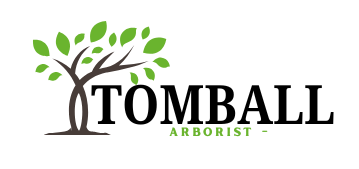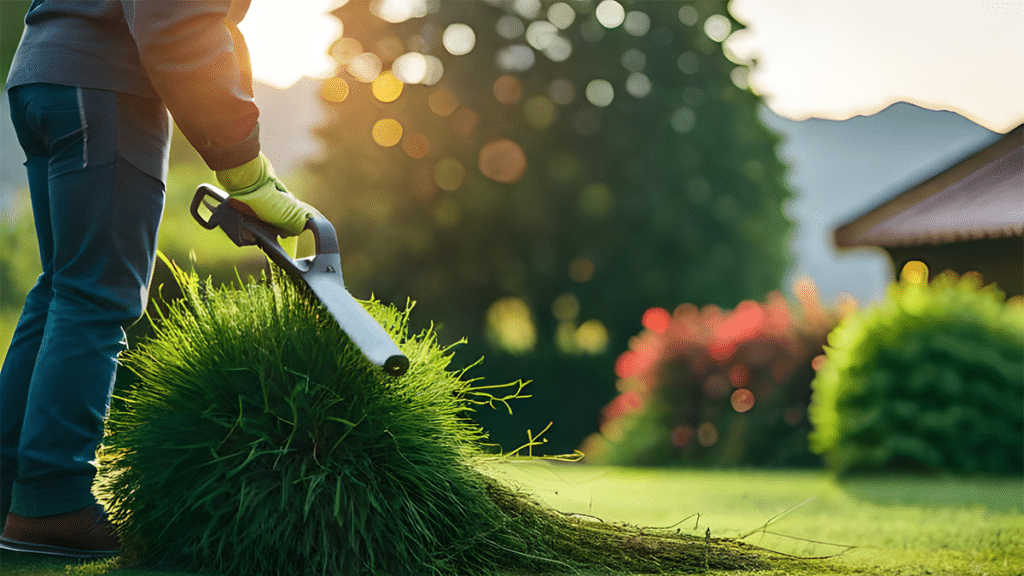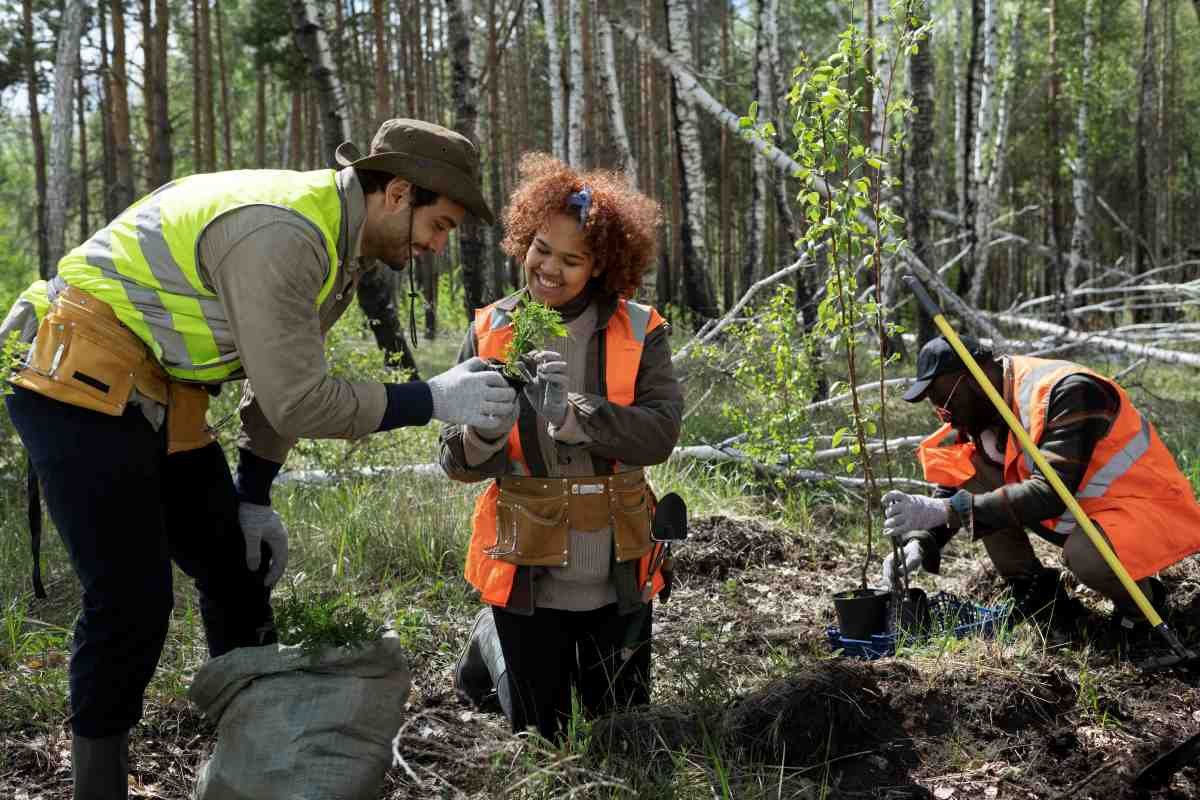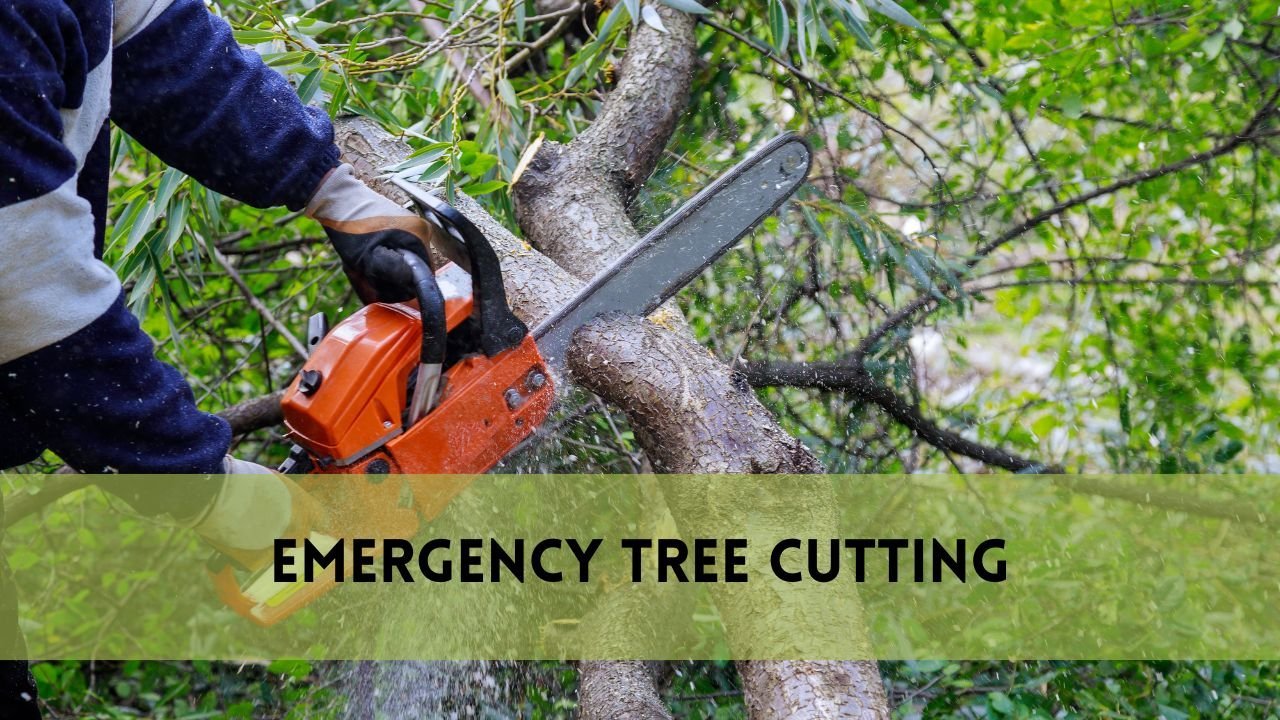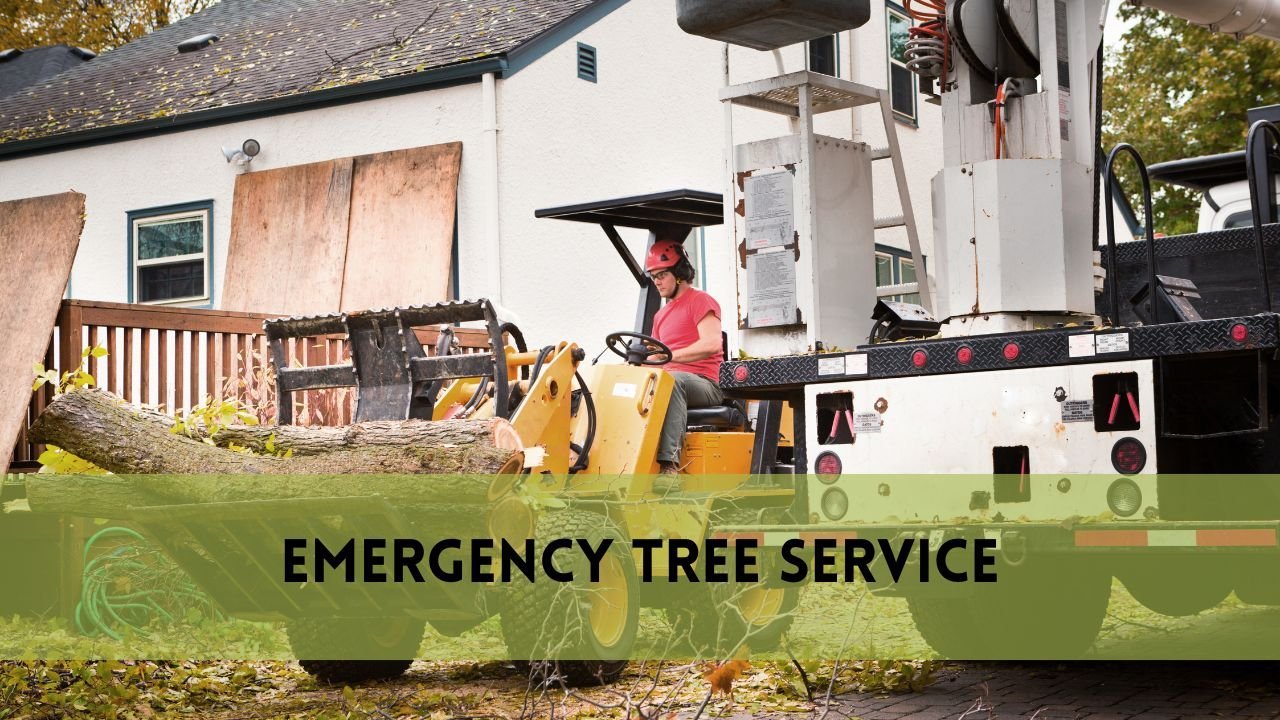When it comes to maintaining the health and appearance of our trees, proper pruning plays a vital role. Understanding when to trim trees is essential as it directly impacts their growth and overall well-being. In this guide, we’ll explore the best times to prune different trees and the reasons behind them. Whether you’re a gardening enthusiast or a homeowner, knowing the right time to trim your trees will help ensure their longevity and beauty.
When Should You Trim Trees? Season-by-Season Guide
Trimming trees is an essential part of maintaining their health, shape, and overall aesthetics. The timing of tree trimming can vary depending on the type of tree, its growth patterns, and your specific goals. To ensure the best results, it’s important to understand when to trim your trees throughout the year. This season-by-season guide will help you make informed decisions about tree trimming based on the unique characteristics of each season.
Spring Tree Trimming
Benefits: Spring is an optimal time for tree trimming, as trees are beginning to emerge from dormancy and new growth is starting.
Best for: Deciduous trees and some flowering trees.
Key Considerations:
- Late Dormancy: Trim trees early in spring before new buds fully open. This allows you to shape the tree while it’s still in its dormant state.
- Flowering Trees: For flowering trees, trim immediately after they bloom to avoid cutting off flower buds and impacting the next year’s blossoms.
Summer Tree Trimming
Benefits: Summer trimming focuses on maintaining tree structure and addressing potential hazards.
Best for: Light maintenance and hazard prevention.
Key Considerations:
- Prune Deadwood: Remove dead or diseased branches to prevent disease spread and minimize the risk of falling branches during storms.
- Watering: Ensure trees are well-watered before trimming during summer to reduce stress on the tree.
Fall Tree Trimming
Benefits: Fall trimming prepares trees for winter and enhances their health.
Best for: Deciduous trees and trees susceptible to diseases.
Key Considerations:
- Late Fall Trimming: Trim in late fall after leaves have dropped. This helps you identify the tree’s structure more clearly.
- Disease Prevention: Remove branches with signs of disease or infestations before winter to prevent their spread.
Winter Tree Trimming
Benefits: Winter is ideal for pruning as trees are dormant, and their structure is clearly visible.
Best for: Most deciduous trees and some evergreens.
Key Considerations:
- Dormant Pruning: Trim during the late winter when trees are fully dormant. Avoid trimming during extreme cold snaps.
- Thinning and Shaping: Focus on thinning branches for better light penetration and shaping the tree’s form.
General Tree Trimming Tips
- Avoid Heavy Pruning in Late Spring and Early Summer: Heavy pruning during this period can remove too much foliage and stress the tree during its peak growth season.
- Trim Young Trees Regularly: Young trees benefit from annual trimming to shape their structure and encourage healthy growth.
- Consult an Arborist: If you’re unsure about the best time to trim specific tree species, seek advice from a certified arborist.
Reduced Susceptibility to Insects and Disease
Insects and diseases are less active during winter, making it an opportune time to prune. By trimming away infected or weakened branches, you prevent further spread of diseases and protect your tree from harmful pests.
Minimal Impact on the Surrounding Landscape
Pruning during the dormant season ensures there is minimal disruption to your garden or landscape. With no foliage to obscure the view, it becomes easier to spot and remove dead or damaged branches.
Encouraging New Growth in Spring
Pruning during dormancy stimulates new growth when the weather begins to warm. This proactive approach sets the stage for lush foliage and vibrant blooms in the upcoming spring season.
Exceptions to the Rule
While dormant season pruning suits most trees, there are exceptions to consider:
Trees and Shrubs Blooming in Early Spring:
Some trees, such as cherry blossoms and magnolias, bloom early in spring. Pruning these trees during winter would remove their flower buds, and as a result, you should prune them right after they bloom.
Trees Unsuitable for Growing Season Pruning:
Pruning during the growing season, which spans from spring to early fall, should be avoided for certain tree species. Doing so can encourage new growth, leaving the tree vulnerable to decay, diseases, and premature death.
Proactive Trimming for Healthy Trees
To maintain the health and structural integrity of your trees, consider adopting a proactive approach to pruning:
Immediate Removal of Diseased, Dead, and Broken Branches:
As a responsible homeowner, you should promptly remove diseased, dead, and broken branches from your trees. This action prevents potential hazards and helps the tree allocate resources to healthy areas.
Pruning for Shape After the First Winter Post-Planting:
Newly planted trees should not be shaped through pruning until after their first winter. This approach allows them to establish robust root systems and better handle subsequent pruning.
Regular Pruning for Reduced Stress on the Tree:
Regular pruning throughout a tree’s life reduces the need for drastic cuts and lowers the stress experienced during trimming. This practice promotes a more natural and aesthetically pleasing growth pattern.
The Importance of Timing for Specific Trees
Different types of trees have varying pruning requirements and ideal timing:
Deciduous Trees and Their Ideal Pruning Period:
Deciduous trees, such as oak, maple, and birch, should not be pruned during the growing season. The dormant season is the best time for pruning these trees to promote healthy growth and maintain their shape.
Regular Pruning for Young Trees:
Young trees require regular pruning to develop strong branch structures that can support their future growth. By training them early, you create a foundation for a healthy and well-balanced canopy.
Why Professional Advice is Crucial Before Tree Trimming
When it comes to the well-being of your trees, seeking professional advice before embarking on any tree trimming endeavor is a wise decision. Certified arborists bring a wealth of knowledge and expertise that can make a significant difference in the health and longevity of your trees. While you might be tempted to handle tree trimming on your own, considering the complexities involved and the potential consequences, it’s important to understand why turning to a certified arborist is crucial.
Certified Arborists Possess Extensive Knowledge of Tree Species
Each tree species has unique characteristics, growth patterns, and specific needs. Certified arborists have spent years studying and gaining hands-on experience with various trees, allowing them to understand the intricacies of each species. When you consult a certified arborist, you’re tapping into their specialized knowledge to ensure that your tree trimming efforts align with the specific requirements of your trees.
Tailored Pruning Strategies Based on Assessment
Tree trimming isn’t a one-size-fits-all task. Arborists can conduct thorough assessments of your trees’ health, growth patterns, and structural integrity. Based on this assessment, they can recommend customized pruning strategies that address the specific needs of your trees. This tailored approach ensures that your trees receive the appropriate level of trimming to enhance their health and appearance without causing harm.
Benefits of Seeking Guidance from a Certified Arborist
Certified arborists bring a host of benefits to the table, making their expertise invaluable:
- Early Issue Detection: Arborists are trained to identify signs of diseases, pest infestations, or structural weaknesses in trees. Their keen eye can catch potential issues before they escalate, allowing for timely intervention.
- Proper Techniques: Tree trimming involves more than just cutting branches. Arborists are skilled in using proper techniques to avoid damaging the tree’s structure and to promote healthy regrowth.
- Safety First: Trimming trees can be hazardous, especially when dealing with larger branches or trees located near structures. Arborists prioritize safety and have the necessary tools and training to carry out trimming without endangering themselves, your property, or your trees.
Finding a Reputable Arborist for the Job
To ensure you’re receiving the highest level of expertise, it’s essential to choose a reputable certified arborist for your tree trimming needs. Look for certifications from recognized organizations such as the International Society of Arboriculture (ISA) or the Tree Care Industry Association (TCIA). Additionally, reading reviews and seeking referrals from friends or neighbors who have had positive experiences with arborists can help you make an informed decision.
People Also Ask
Is there a specific best time to trim all types of trees?
No, the timing for tree trimming varies based on the tree species, its growth patterns, and your trimming goals. Different trees may benefit from trimming at different seasons.
Can tree trimming be done at any time of the year?
While some light trimming can be done year-round, it’s essential to consider the specific needs of each tree species. Trimming during the tree’s dormant season or specific growth phases often yields the best results.
Can I trim my trees myself or should I always hire a professional?
Light pruning of small branches can be done by homeowners. However, for significant or high-risk pruning, seeking the expertise of a certified arborist is recommended to ensure proper techniques and tree health.
How do I know if my tree needs trimming or if it’s unhealthy?
Signs like dead or diseased branches, overgrown canopies, or branches touching structures indicate the need for trimming. For health assessments, consulting a certified arborist is advisable to identify issues that may not be immediately visible.
Conclusion
Knowing when to trim trees is crucial for their health and appearance. Pruning during the dormant season provides numerous benefits, but there are exceptions to consider. Adopting proactive pruning practices and seeking expert advice from certified arborists will help you maintain the beauty and vitality of your trees for years to come. By taking care of your trees, you contribute to a greener and more vibrant environment around you.
